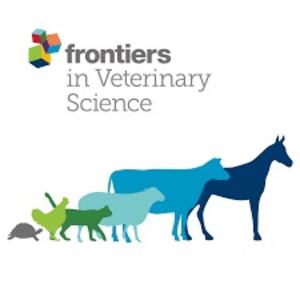
Consumer demand for sheep and goat meat in Kenya
Abstract
Livestock-sector contributions of red meat to the Kenyan economy are made up of beef, mutton, goat and camel meat. This accounts for over 80% of all meat consumed locally. About 67% of red meat is produced in the arid and semi-arid lands under pastoral production system. With demand for meat products rapidly increasing, improved meat marketing may raise the ability of livestock keepers to meet financial obligations and generally improve livelihoods. The meat consumption behaviour by consumers will contribute to the development of livestock sector in general and small ruminant in particular. Yet the information on consumer demand for small ruminants is not well quantified. One contributing factor is lack of data and information on marketing of small ruminants and their products. This causes failure in appreciating the importance of these animals in contributing to the development of livestock sector. This article aims to contribute to filling this information gap by collecting and analysing data related to the consumption of small ruminant meat. Specifically, this article explores the factors that influence demand for small ruminant meat. A structured questionnaire was used to elicit information on consumer demand. A transect line method was used to sample 103 households. Both descriptive and econometrics analysis were used to examine factors that influence demand for small ruminant meat. The survey revealed that about 55% of the households preferred to consume small ruminants’ meat over beef. The Tobit model revealed small ruminant price, district location of household, household monthly income spent on food, purchase cost of small ruminant meat as a proportion of income and perception of small ruminant meat as quality to be factors influencing the probability of consumer demand for the meat. The article recommends dissemination of these findings as important since knowledge of existing and potential demand would assist both scientists and extension workers to educate and encourage producers to produce what is needed in the market. Thus, this would enhance producer access and bargaining power in the market, leading to increased incomes and improved livelihoods of the people.
Citation
Juma, G.P.; Ngigi, M.; Baltenweck, I.; Drucker, A.G. 2010. Consumer demand for sheep and goat meat in Kenya. Small Ruminant Research. 90(1-3): 135-138.









